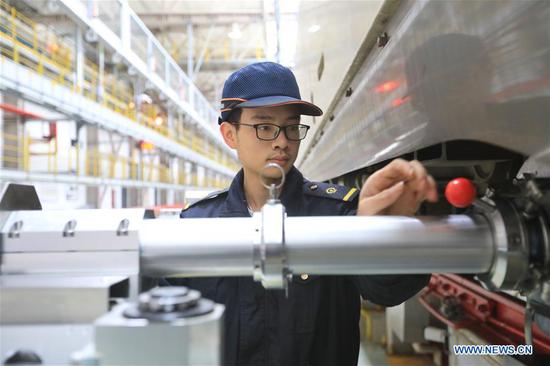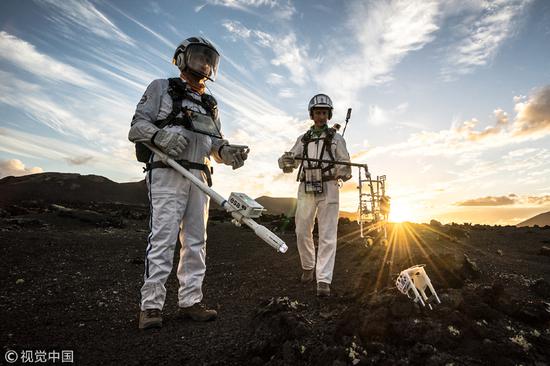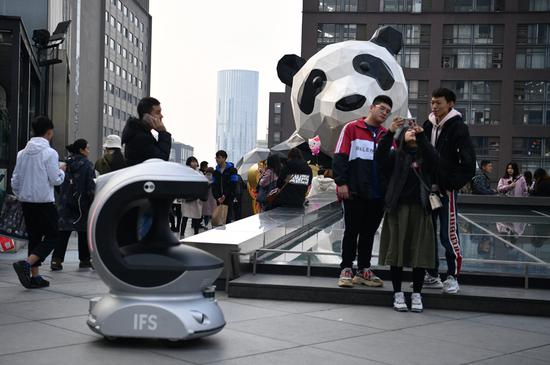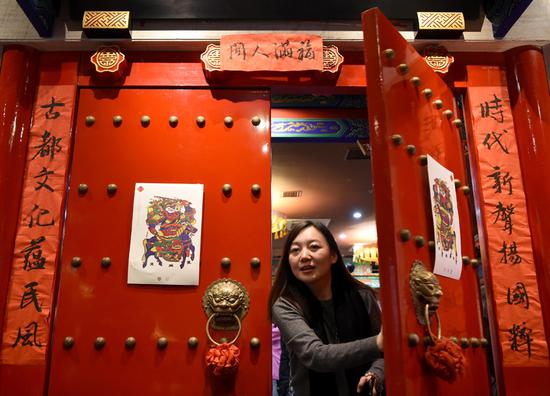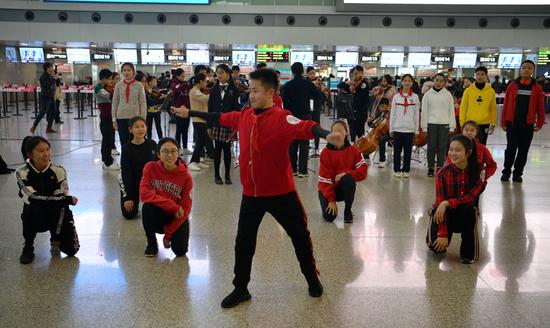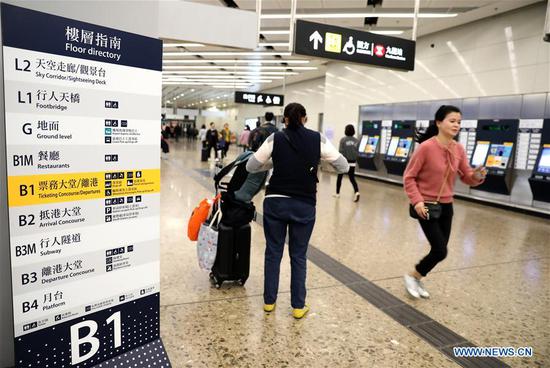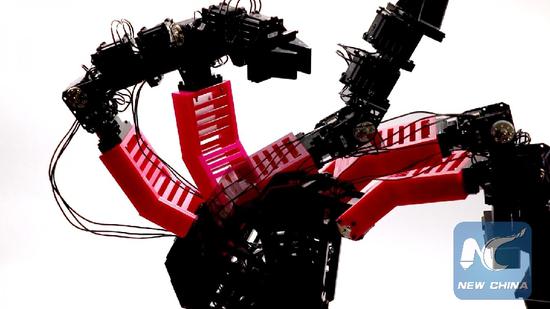
An image of the deformed robotic arm in multiple poses as it was collecting data through random motion.(Credit: Robert Kwiatkowski/Columbia Engineering)
American scientists used machine learning technique to create a smart robot that gets closer to being self-aware, a science fiction scenario for decades.
The study published on Wednesday in the journal Science Robotics described the robot that learns what it is with zero prior knowledge of physics, geometry, or motor dynamics.
Humans can imagine themselves in future scenarios or learn by reflecting on their past experience, but robots have not previously simulated themselves in the way which humans do, according to the study.
Researchers from Columbia University created a robotic arm having no clue what its shape is. The four-degree-of-freedom robotic arm moved randomly initially and collected about 1,000 trajectories, each comprising 100 points.
After less than 35 hours of training with deep learning technique, the robot created a self-made model, which is consistent with the physical robot to within about four centimeters.
"If we want robots to become independent, to adapt quickly to scenarios unforeseen by their creators, then it's essential that they learn to simulate themselves," said Hod Lipson, professor of mechanical engineering at the university, who led the study.
The study showed that with a closed loop control that enabled the robot to recalibrate its movement along the trajectory, it could grasp balls on the table and place them into a glass with 100 percent accuracy.
In an open-loop system without external feedback, the robot could pick and place with a 44-percent success rate.
Also, the robot can detect damage to itself. When the researchers 3D-printed a deformed part, the robot was able to discern the change and improve its self-model, and then run the pick-and-place tasks with little loss of performance.
Lipson called their study a move from "narrow-AI" toward machine self-awareness, offering a new window into the mysteries of consciousness.
The researchers are now exploring whether robots can model on their own minds and whether robots can think about thinking.










